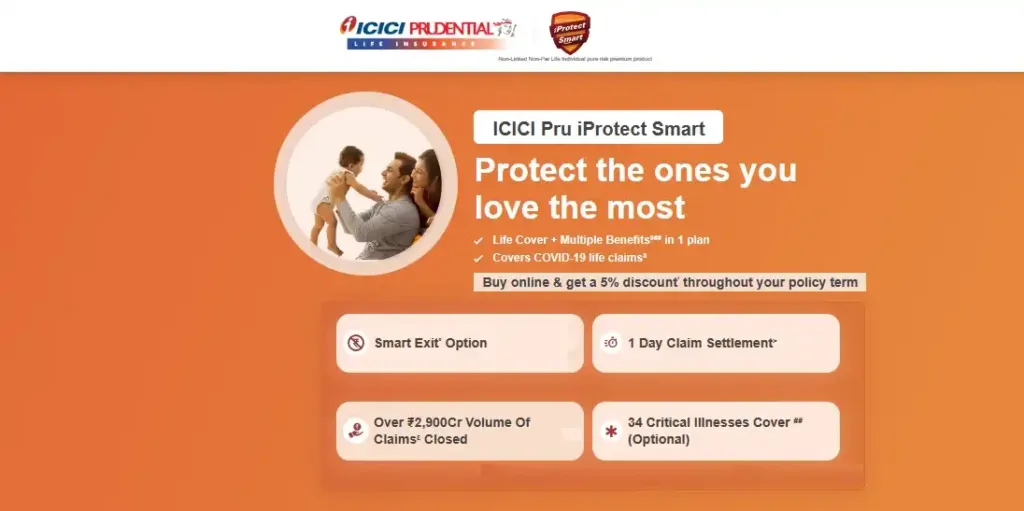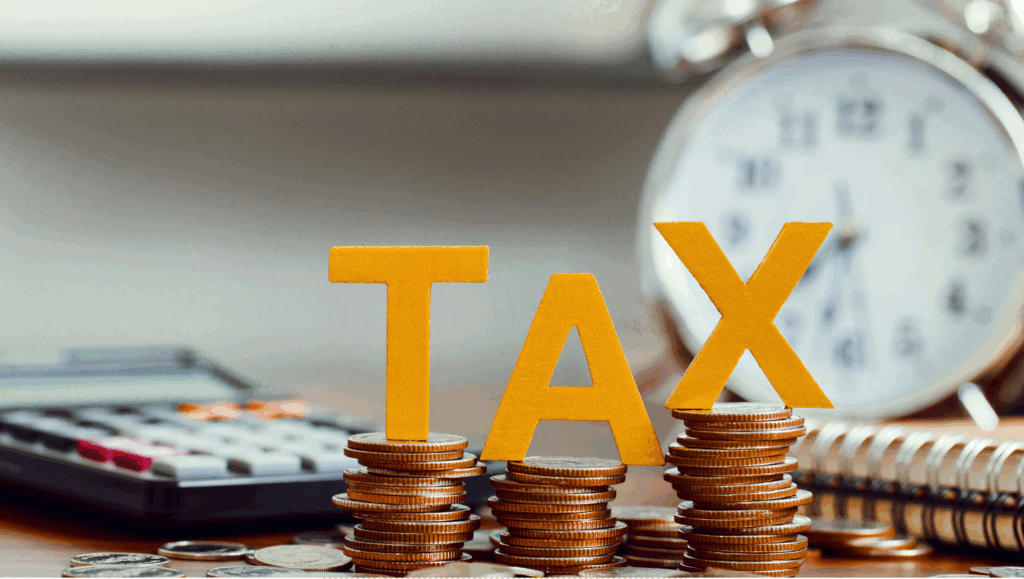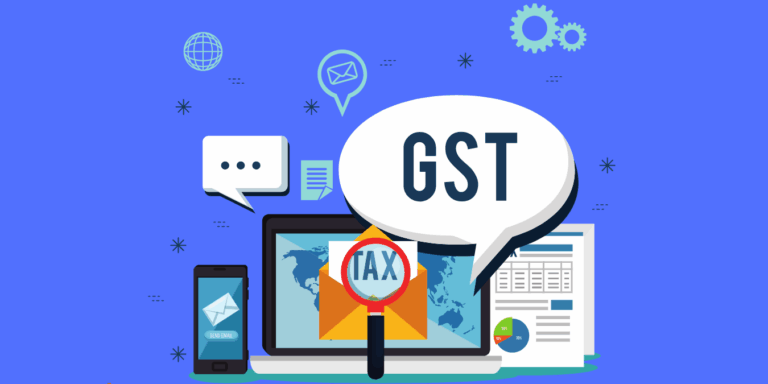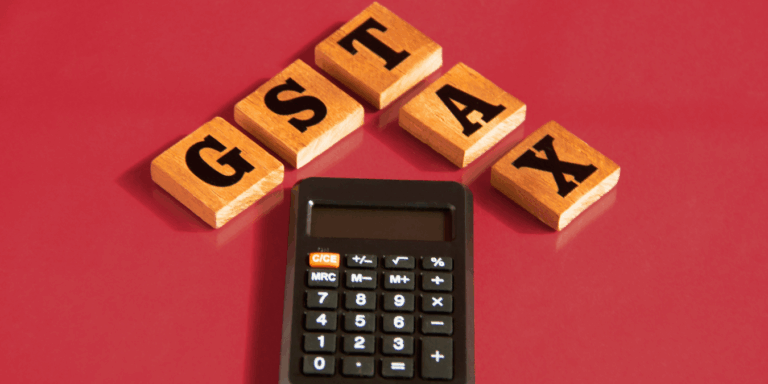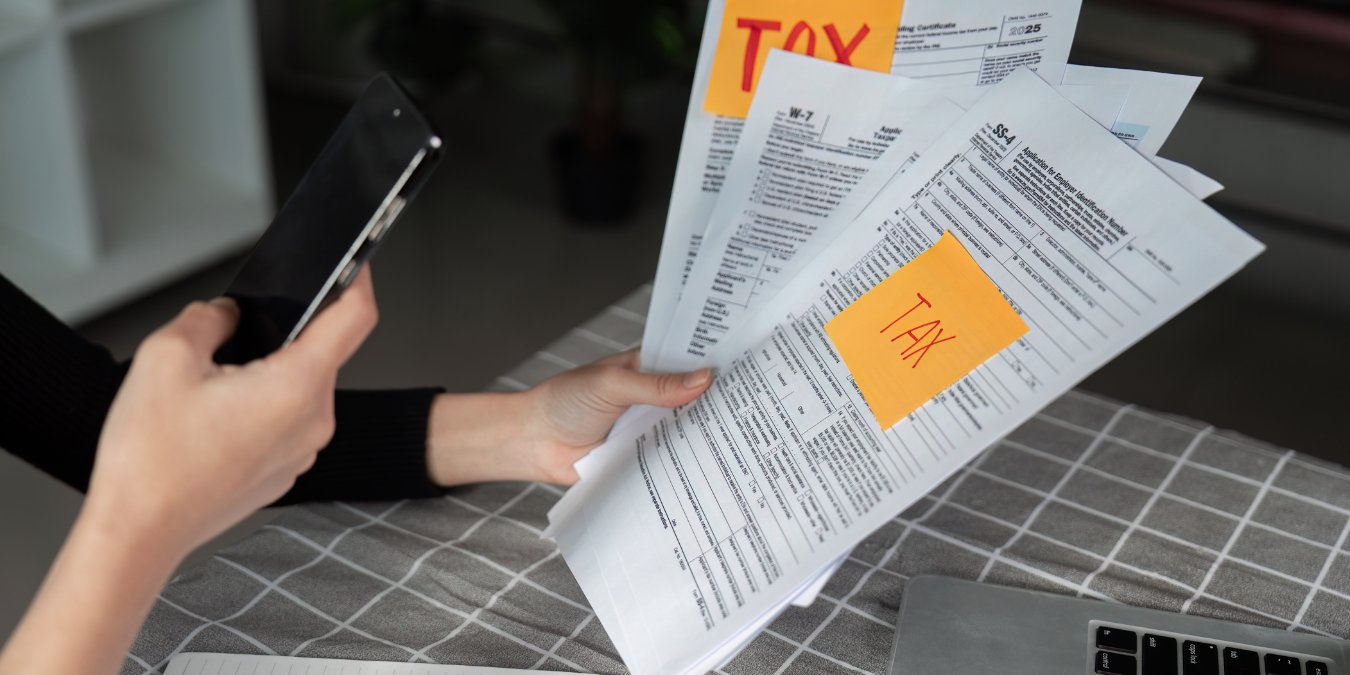
Avoid Costly Penalties: How ITAT’s 2025 Gratuity Exemption Judgment Protects Honest Taxpayers
Did you know that claiming a higher gratuity exemption in your revised income tax return might not be the risk you thought it was in 2025? The ITAT’s groundbreaking judgment eliminated hefty penalties, shaking up tax filing norms across India. But there’s one surprising caveat every taxpayer must know before revising their returns. This eye-opening decision could save you lakhs, yet many remain unaware of the hidden details.
In an often misunderstood and frequently debated area of Indian income tax law, the recent judgment by the Income Tax Appellate Tribunal (ITAT) Cochin Bench has brought a game-changing relief for salaried employees and retirees dealing with gratuity claims. The Tribunal ruled that a mere claim of higher gratuity exemption through a revised Income Tax Return (ITR) does not amount to misreporting of income, leading to the deletion of hefty penalties imposed earlier. This decision not only clears the confusion swirling around the revised ITRs for gratuity exemptions but also paves the way for taxpayers to rectify genuine errors without facing punitive actions.
Gratuity and Tax Exemption
Section 10(10) of the Income Tax Act, 1961, provides tax exemption on gratuity received by employees, subject to specified limits which have evolved post-2019 to offer higher tax relief. Here is a clear explanation of gratuity exemption limits under Section 10(10) post-2019:
Background
Gratuity is a retirement benefit paid by the employer to an employee upon retirement, resignation, death, or disablement, calculated based on last drawn salary and years of service. Tax exemption is provided to protect this benefit from being fully taxed.
Key Changes Post-2019
Before 2019, the maximum exemption limit on gratuity for employees covered under the Payment of Gratuity Act, 1972, was capped at ₹10 lakh. Through CBDT Notification No. S.O. 1213(E) dated March 8, 2019, this limit was increased to ₹20 lakh, effective from March 29, 2018, for events like retirement, resignation, or death occurring on or after that date. This higher limit provides significant tax relief for employees with larger gratuity payouts.
Breakdown of Exemption Limits Under Section 10(10) Post-2019
- Government Employees (Central, State, Local Authorities, Defense Personnel)
- Gratuity received is fully exempt from tax, irrespective of the amount.
- Private Sector Employees Covered Under the Payment of Gratuity Act, 1972
- The exemption limit is the least of the following three amounts:
- Actual gratuity received,
- 15 days’ salary for each completed year of service, calculated as:
- The exemption limit is the least of the following three amounts:
Last drawn salary (Basic + DA)×Years of service×1526Last drawn salary (Basic + DA)×Years of service×2615
- ₹20 lakh (increased from ₹10 lakh)
- Taxable gratuity is any amount exceeding this least amount.
- Private Sector Employees Not Covered Under the Payment of Gratuity Act
- The exemption limit is the least of the following:
- Actual gratuity received,
- Half a month’s average salary for each completed year of service,
- ₹20 lakh
- The exemption limit is the least of the following:
- Gratuity on Death or Disablement
- Gratuity received by family members on the death or permanent disability of the employee is fully exempt, and the five-year minimum service condition is waived.
However, calculating gratuity exemption involves intricate formulas incorporating last drawn salary, years of service, and statutory ceilings. Many taxpayers err in their original ITR filings—either due to misinterpreting the revised exemption limits or under/over claiming exemptions.
Why the Amendment Matters?
The increase in exemption ceiling from ₹10 lakh to ₹20 lakh post-2019 aligns with inflation, rising salaries, and longer tenures in the workforce, easing tax burdens on employees and retirees. It especially benefits those with long service periods and higher salary components, who otherwise faced significant tax on gratuity payouts.
Additional Points
- The number of years of service is rounded off to the nearest completed year.
- Gratuity benefits must be claimed within the legal framework and supported with employer documentation to avoid disputes.
- Taxpayers receiving gratuity should review these limits annually to plan their tax filings efficiently.
Summary Table of Gratuity Exemption Limits
Here is a clear summary table of gratuity exemption limits under Section 10(10) of the Income Tax Act, India, as per the latest updates in 2025:
| Employee Category | Exemption Limit and Key Details | Notes |
| Government Employees | Full exemption on entire gratuity amount | No upper limit on exemption |
| Private Sector Employees Covered by Payment of Gratuity Act, 1972 | Least of: (1) Actual gratuity received (2) 15 days' salary × years of service × (15/26) (3) ₹20 lakh statutory limit | Ceiling increased from ₹10 lakh to ₹20 lakh effective from March 29, 2018 |
| Private Sector Employees NOT Covered by the Payment of Gratuity Act | Least of: (1) Actual gratuity received (2) Half a month’s average salary × years of service (3) ₹20 lakh limit | Previously ₹10 lakh limit, now generally ₹20 lakh |
| Gratuity on Death or Disability | Fully exempt regardless of years of service | Minimum 5-year service condition waived |
This post-2019 Section 10(10) framework ensures more taxpayers retain a larger portion of their gratuity tax-free, providing a fair and progressive tax benefit to hardworking employees across India.
The Controversy Around Revised ITRs and Penalties
In some cases, taxpayers file revised ITRs to claim higher gratuity exemptions based on updated tax laws or corrections in calculations. Unfortunately, such revisions often trigger suspicion among tax authorities, leading to allegations of “misreporting of income” under Section 270A of the Income Tax Act, which can attract substantial penalties.
The primary question before the ITAT was whether merely claiming a higher gratuity exemption through a revised return can be equated with misreporting or concealment of income, warranting penalty imposition.
The ITAT Cochin Bench Ruling: Key Highlights
The Cochin Bench of ITAT recently delivered a landmark ruling that dismisses the penalty on the grounds that the revised claim of higher gratuity exemption:
- Was made bona fide, reflecting an honest correction rather than intention to conceal income.
- Did not amount to misreporting under the strict interpretation of Section 270A.
- The penalty notice was quashed, reaffirming the taxpayers’ right to rectify genuine errors through revised returns.
This ruling stresses that revising ITRs to claim statutory benefits such as gratuity exemption should not be penalized unless there is clear evidence of fraud or intentional concealment.
Real-World Examples: Lessons from the Judgment
Consider the case of a retired employee who originally filed ITR claiming gratuity exemption at the old limit of ₹10 lakhs. After the CBDT notification increasing the limit to ₹20 lakhs, the taxpayer filed a revised return reflecting the higher exemption. The Assessing Officer (AO) initially levied a penalty of over ₹2 lakh alleging misreporting. The ITAT, however, deleted the penalty on appeal, upholding the taxpayer’s right to file a revised return for a bona fide claim.
This is a shining example of how updated legal provisions and taxpayer rights have been respected by the Tribunal, showcasing a shift towards fairness and approachability in tax dispute resolution.
Trending Insights: What This Means in October 2025
As tax authorities increasingly emphasize compliance, taxpayers are worried about inadvertent mistakes triggering penalties. This ITAT ruling offers a reassuring precedent that not all revised claims are punishable offenses; genuine corrections for updated legal benefits are protected.
In the current October 2025 tax season, taxpayers can confidently revise their returns for gratuity exemption claims without fear of automatic penalty, provided they act in good faith.
Practical Takeaways and Smart Tips for Taxpayers
- Always keep abreast of notifications regarding changes in gratuity exemption limits or income tax rules.
- File revised returns promptly if you identify an error or omission in your original ITR regarding gratuity exemption.
- Retain documents and correspondence proving the bona fide nature of your revised claims.
- Avoid deliberate underreporting or concealment — penalties still apply if intent to evade tax is proved.
- Consult a tax professional to navigate complex cases of gratuity claims and revised filings.
Summary of Key Points
- ITAT Cochin Bench ruled against penalty on higher gratuity exemption claims made via revised ITR.
- Mere claim of higher exemption is not “misreporting” under Section 270A.
- Taxpayers can file revised returns to correct genuine errors without penalty fear.
- Staying updated on legal changes and timely filings is crucial.
- Professional guidance recommended for complex cases.
Final Thought Snippet to Spark Curiosity
Is claiming a higher gratuity exemption through a revised return really risky? Think again. This shocking yet reassuring ITAT ruling transforms the tax game for thousands of Indian taxpayers navigating retirement benefits. Discover how this smart legal shield protects honest filers from penalties and why it is catching the attention of tax experts in October 2025. Don’t miss out on learning the secret tactics to stay penalty-proof while maximizing your gratuity benefits—the future of hassle-free tax claims is here!
